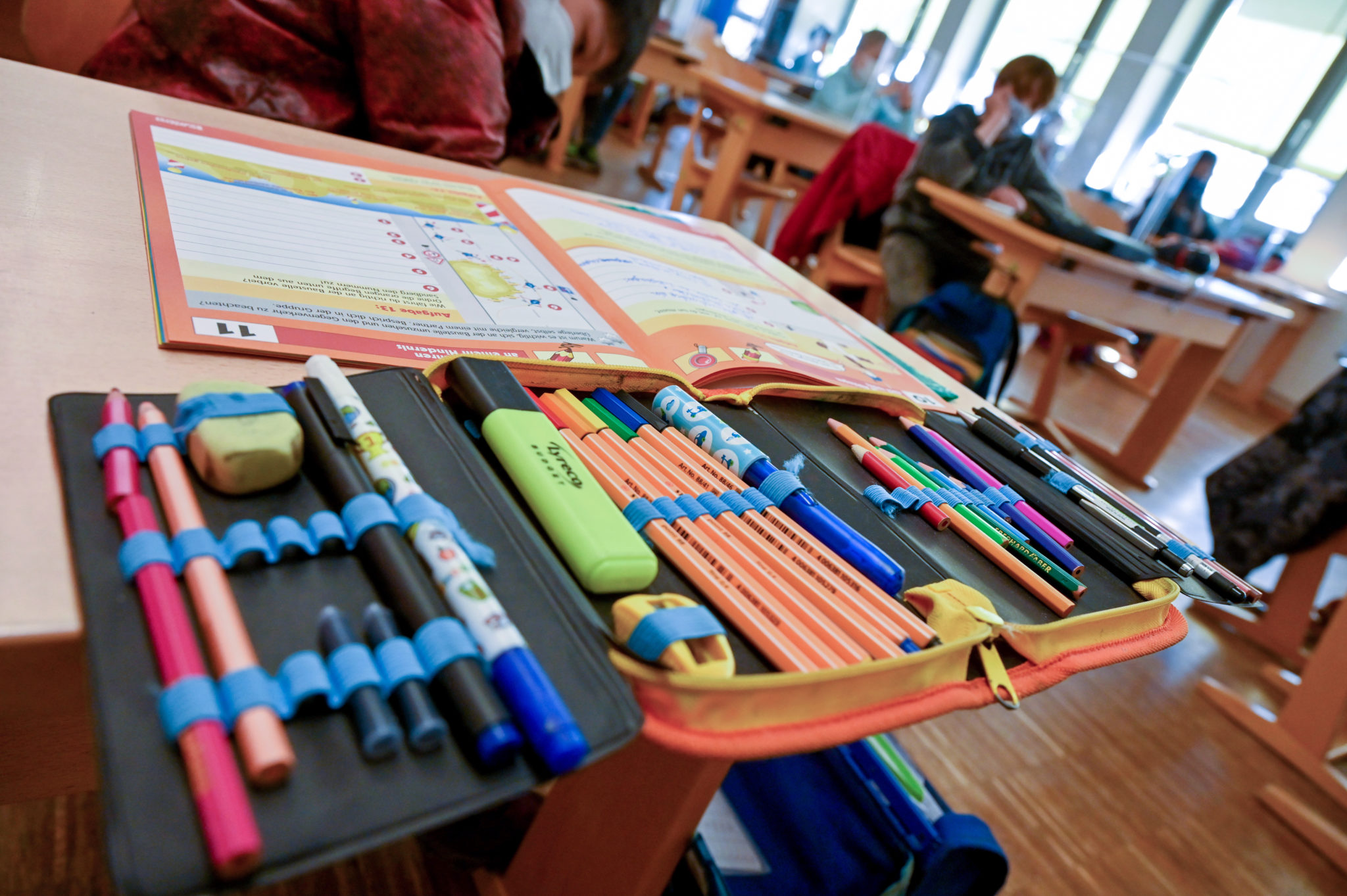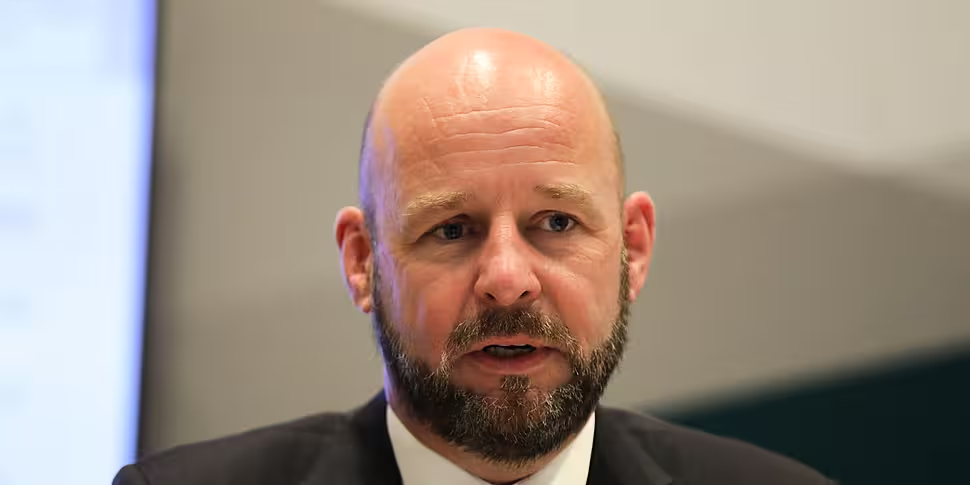A rise in coronavirus cases among younger children is not necessarily linked to the reopening of schools, according to NPHET.
At a briefing last night, the chair of the NPHET epidemiological modelling advisory group, Professor Philip Nolan said cases among children have risen by between 40% to 60% since February 1st.
He was speaking after three new virus-related deaths and 606 further cases were announced.
Health officials suggested an increase in people meeting up and going to work was behind the plateau in case numbers – and warned that it will be a “challenge” to get daily figures below 500.
Testing
Professor Nolan said it would not be fair to link the increased cases among younger children with the return to school – noting that there has been six times more testing of children since reopening.
“The data I presented shows that the number of cases being detected today is 40% to 60% higher than the number of cases detected on February 1st and it is going to be a period of time before we are going to be able to understand precisely why we are detecting more cases now,” he said.
“Are there genuinely more transmissions among children or is it a mix of more transmissions among children and more testing of those children because of this appropriately high level of vigilance?”
 Children sit at their desks in an elementary school classroom, 22-02-2021. Image: Peter Kneffel/dpa
Children sit at their desks in an elementary school classroom, 22-02-2021. Image: Peter Kneffel/dpaHe said there is a “complex interaction” between opening schools and the level of interaction between children, adults and families – and noted that this social mixing can happen, “in the school setting, around the school setting or independent of the school setting.”
“So, I know it is a controversial thing for me to say but simply because things happen at the same time or simply because things are correlated does not imply a direct cause and effect relationship between the return to learning in a classroom and an increase in the number of cases detected in children at the same time,” he said.
The professor said the increase is related to a “much more complex set of interactions” between the type of socialising children are doing and the level of testing being carried out.
“We will be watching very closely what actually happens those cases counts and those referral rates over the next couple of weeks as schools fully return,” he said.
Coronavirus
Meanwhile, the Deputy Chief Medical Officer Dr Ronan Glynn warned that the number of people visiting other households has doubled between March and January.
He agreed with the Tánaiste Leo Varadkar in his warning that it will now be very hard to get daily figures below 500 because of the UK variant.
“I think, given the transmissibility of the virus, it will be a challenge, a very significant challenge, to get it lower,” he said.
“I am not naive. I am not saying that we will or even that it is likely that we will.
“It is a difficult thing to keep a disease like this at any number without it rising so the challenge is not alone to get it down but the challenge equally is to keep it at 500 or 600 cases a day.”
Plateau
He said the plateau is linked to a small rise in people socialising in recent weeks.
“It is just small slippages like that,” he said. “It is the slow return to work.
“It is all of those very marginal, very slight increases in contact; very slight increases in mobility that together add up to a situation where we are seeing stasis.”
The 14-day incidence of the virus in Ireland now stands at 159.5 cases per 100,000 people.
Offaly has by far the highest incidence at 450.2 – with six counties dealing with incidences higher than 200.









